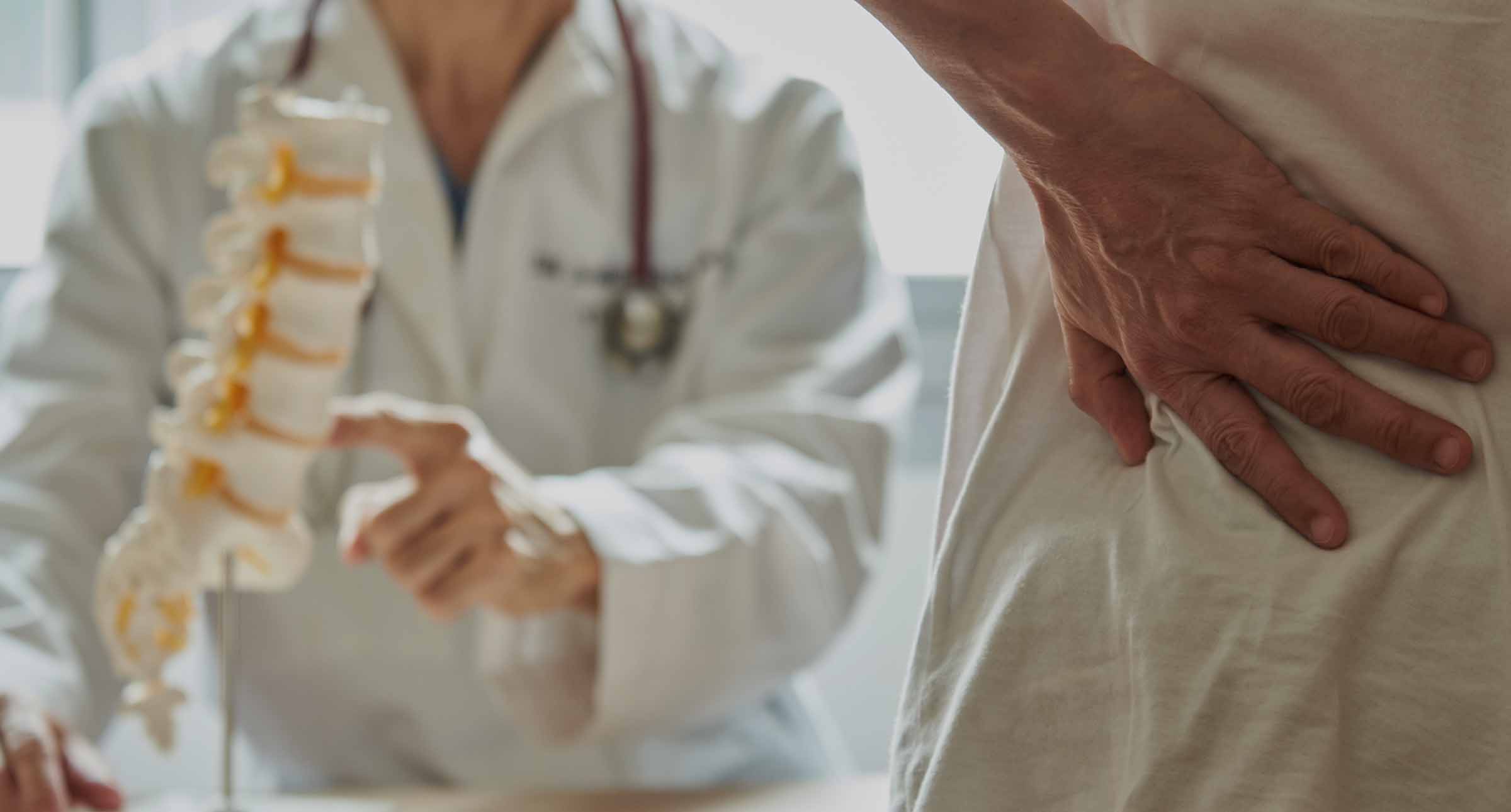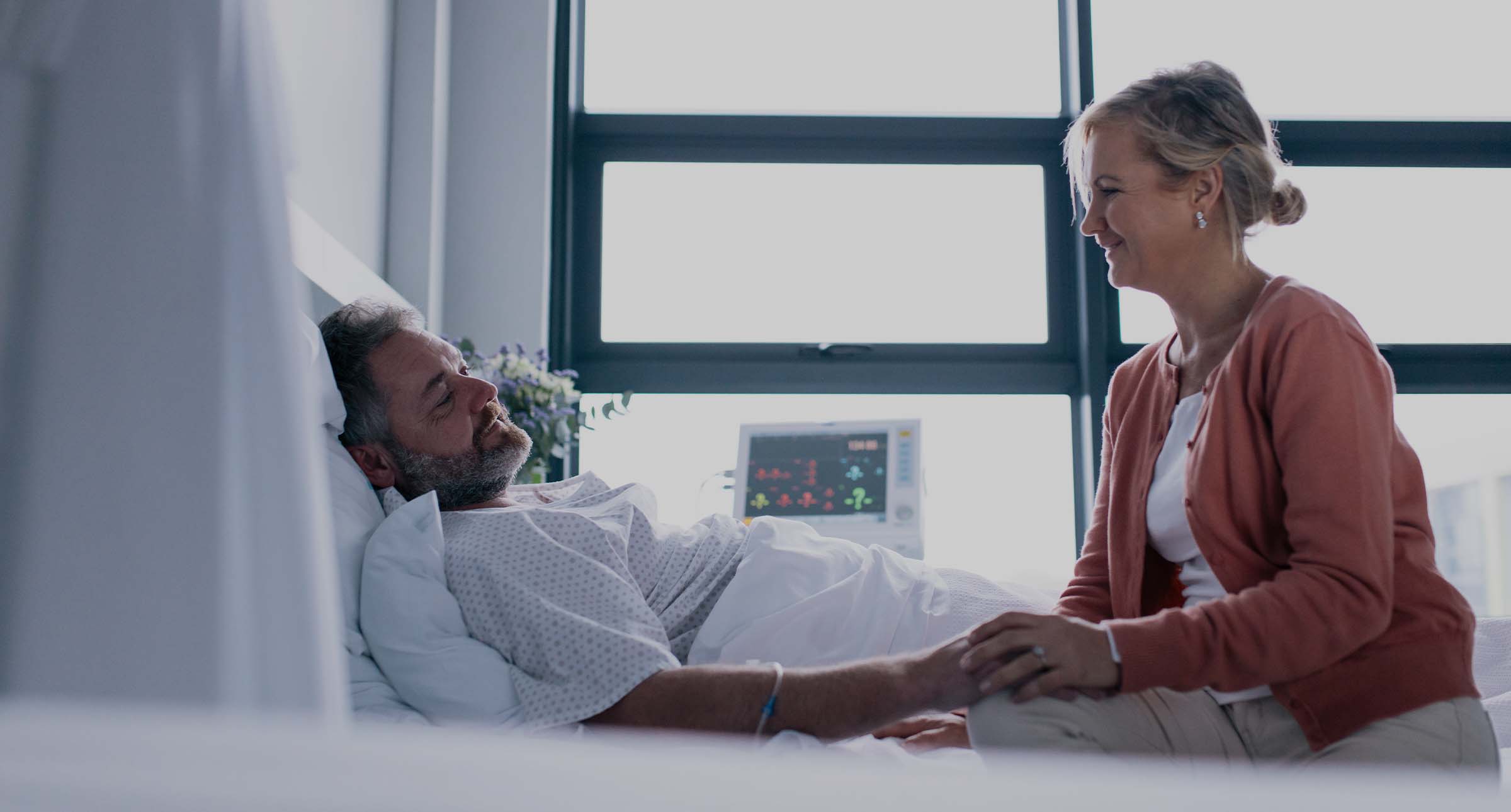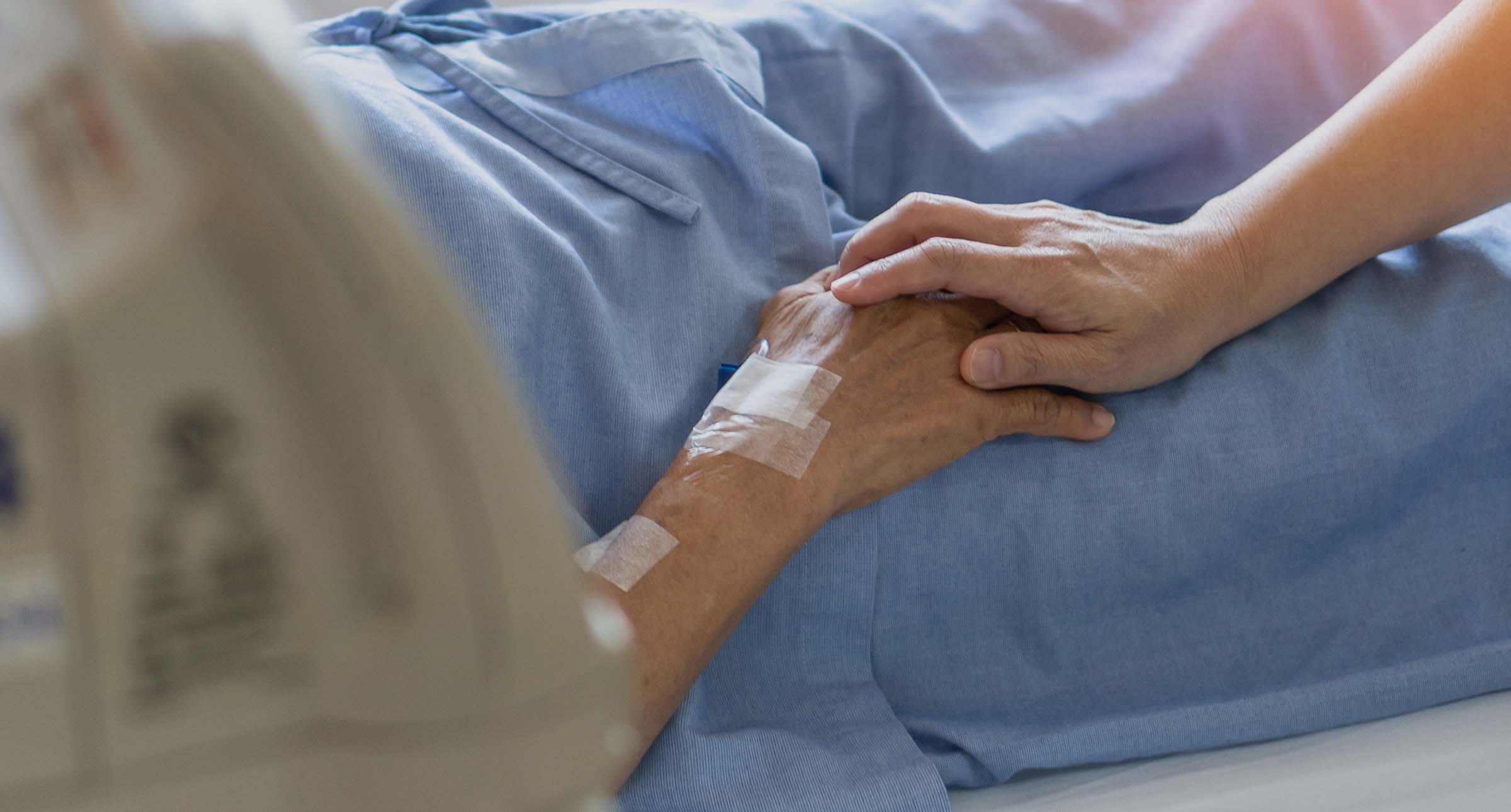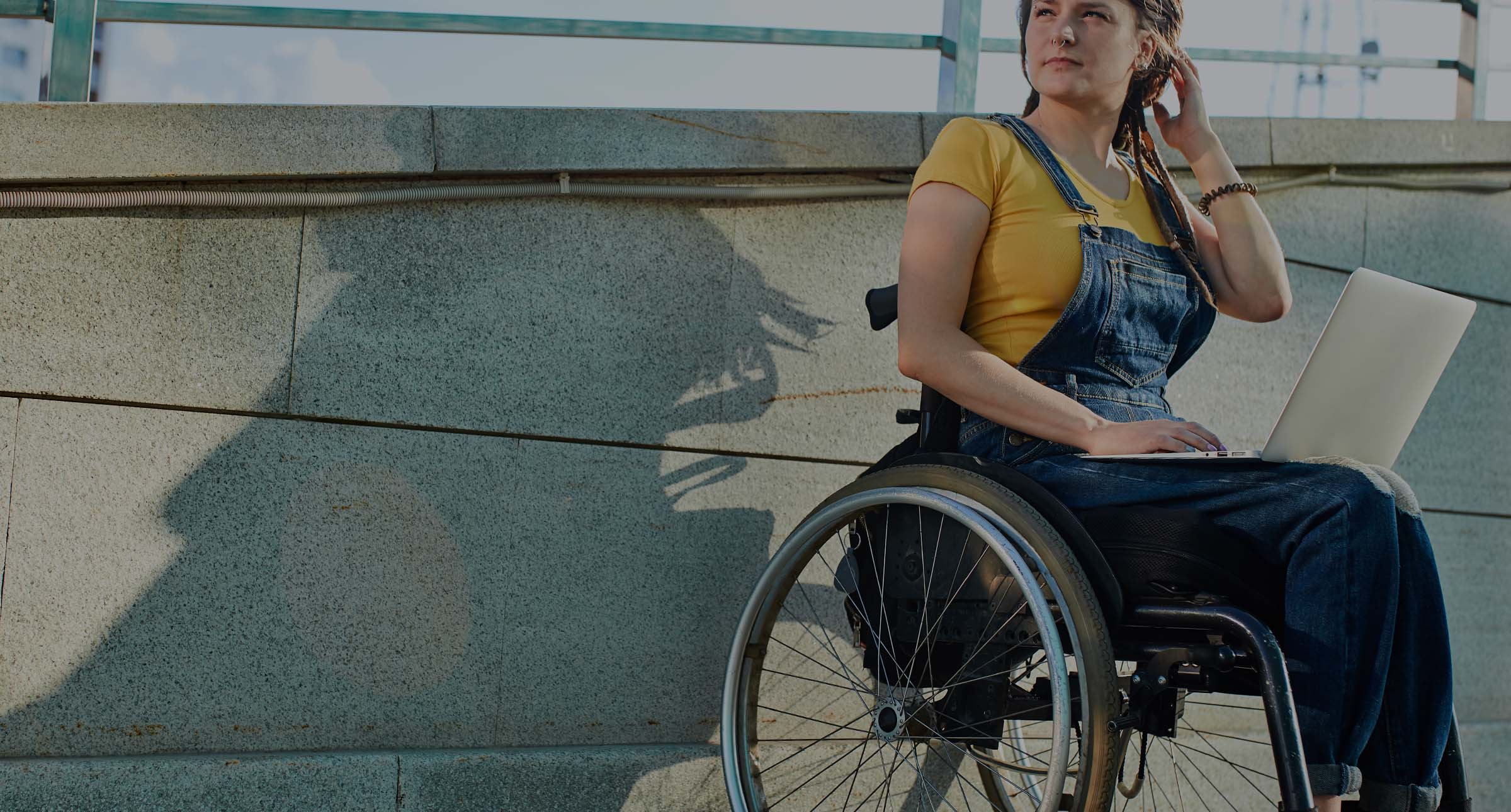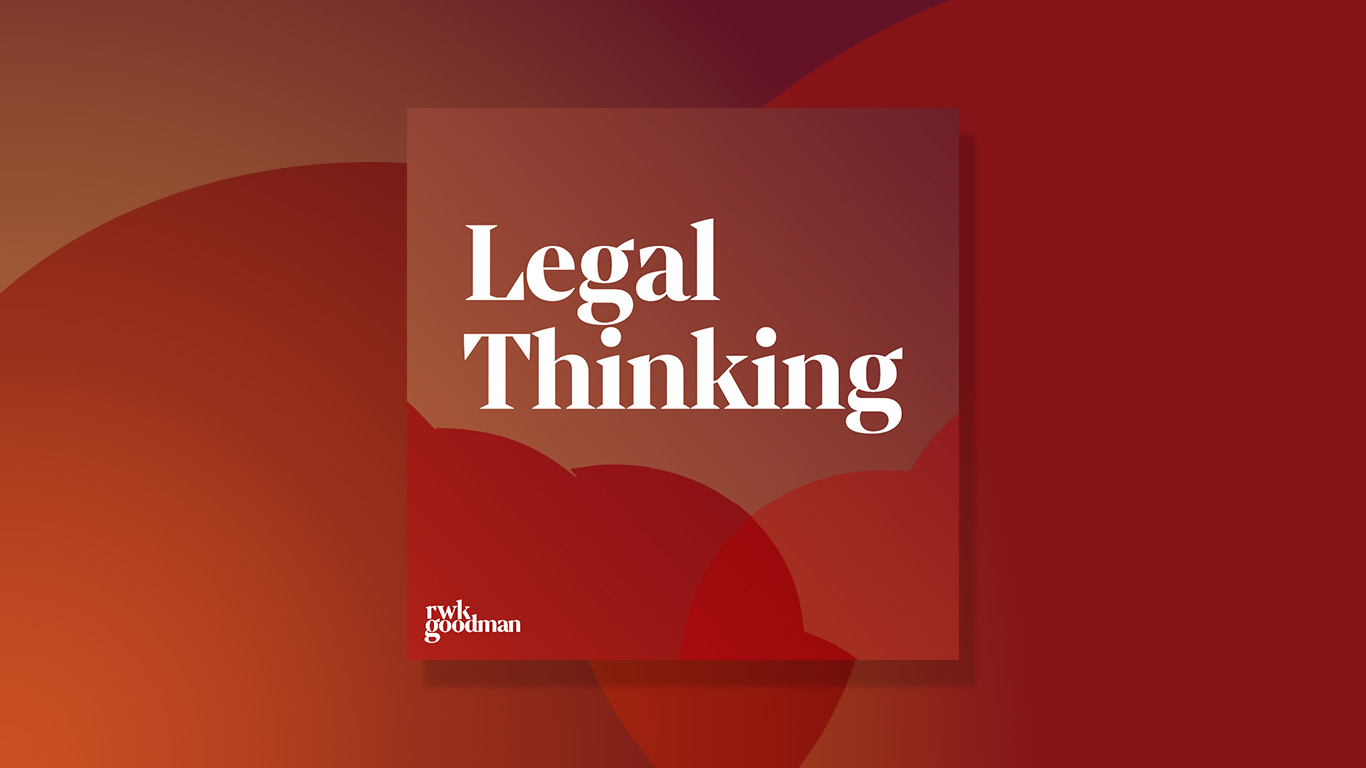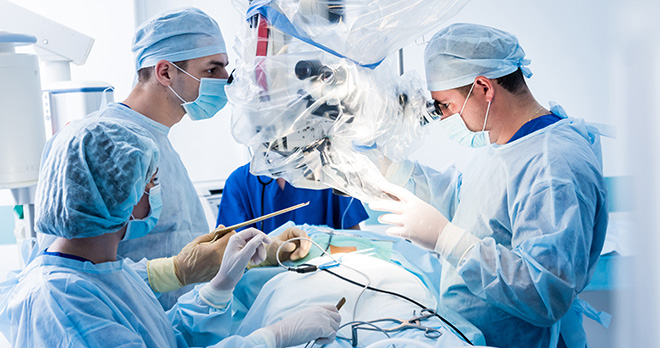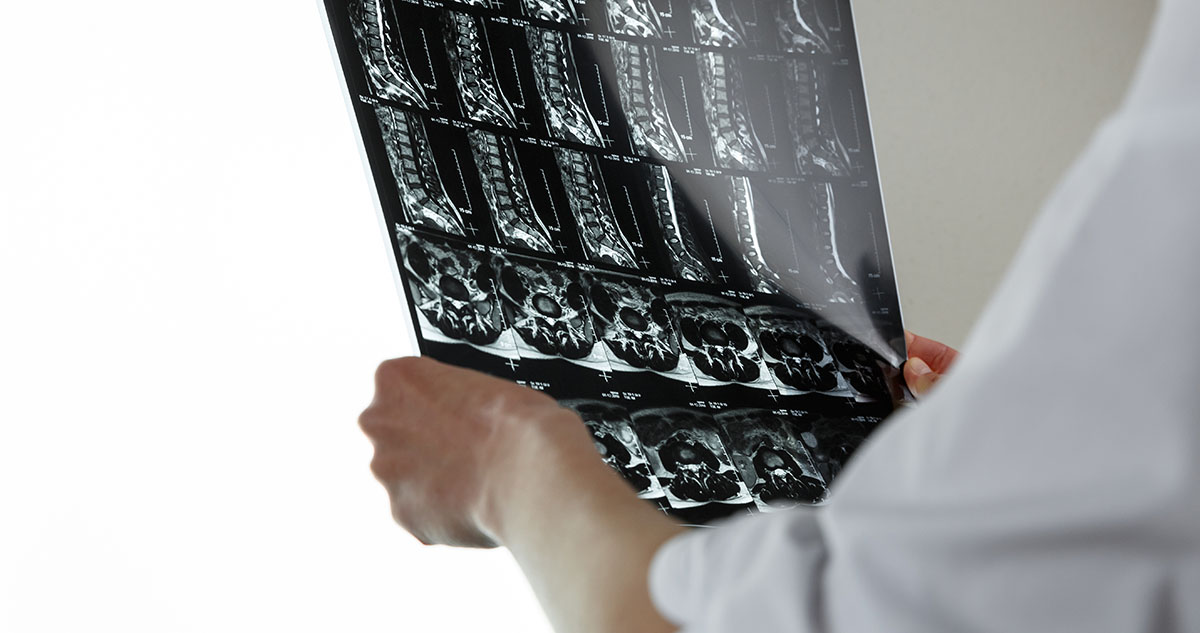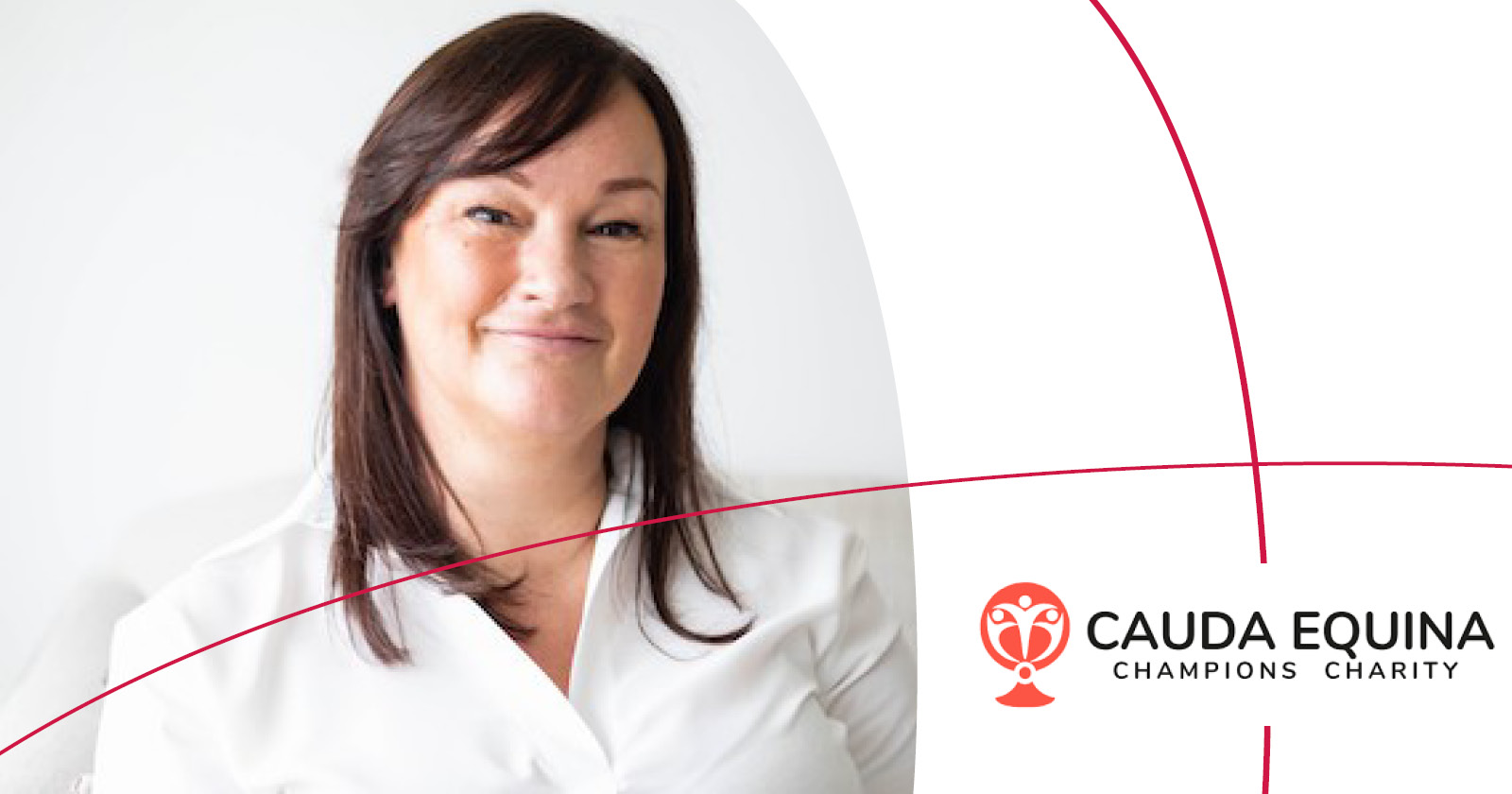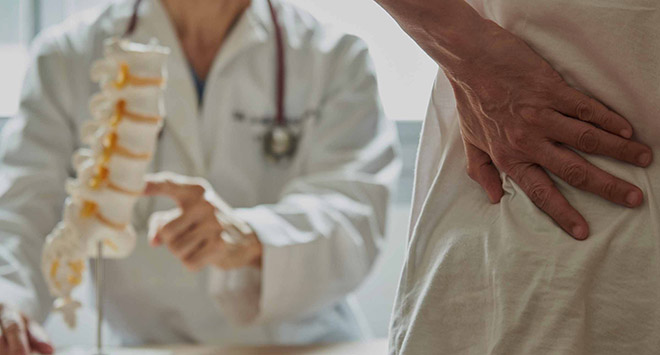Rehabilitation after cauda equina injury – what you need to know
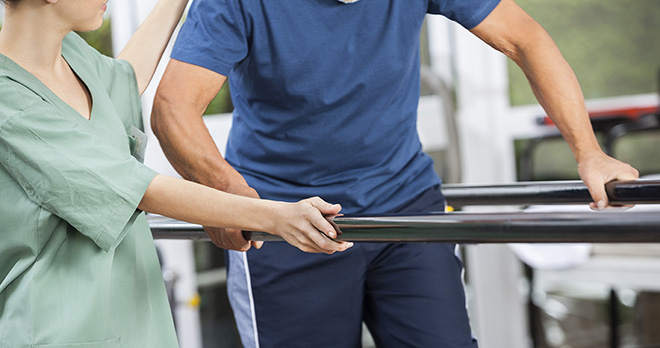
Once red flag symptoms for cauda equina syndrome have been identified, prompt diagnosis and surgery to relieve pressure on the related nerves are crucial. Once treated surgically, rehabilitation for patients with cauda equina syndrome becomes essential to help with recovery, to maximise function and to promote independence.
What to expect from cauda equina syndrome rehabilitation
Rehabilitation should begin as soon as you are medically stable after surgery (the acute/ inpatient phase). It should be delivered through a multidisciplinary approach involving professionals such as neuro/spinal surgeons, rehabilitation medicine consultants, physiotherapists, occupational therapists, specialist nurses (such as bladder/bowel nurses), urologists, psychologists and spinal cord injury services. The exact professionals involved will depend on your individual symptoms and the severity of these.
After the acute phase, ongoing follow-up either by attending outpatient appointments in hospital/a health centre or having visits from therapists at home, is necessary to ensure that your progress is monitored, complications are identified early, and you receive the necessary adjustments or specialist referrals.
Although improvement of symptoms can occur over several years, some elements of nerve injury arising from cauda equina syndrome can be permanent. Even if there is permanent injury, rehabilitation is still essential. It does not have to be about achieving full restoration, as rehabilitation can help maximise function, reduce complications and improve quality of life even if you have significant, permanent injury.
It is also sometimes helpful for family members of cauda equina sufferers to obtain support such as counselling or to attend sessions such as psychosexual therapy with their partner. Sometimes additional support is also needed, such as help with obtaining benefits or grants to adapt a property that is no longer suitable.
The goals of rehabilitation can include:
-
Restoring and maximising physical function
This rehab could involve re-learning to walk, balance and coordinate lower limbs, which may mean using assistive devices such as crutches, orthotics and wheelchairs. Preventing deconditioning and muscle wasting through tailored exercise programmes is also an aspect of this, alongside managing neuropathic and musculoskeletal pain using medication and physiotherapy.
-
Improving bladder and bowel function
Rehab can help you to establish a safe and effective voiding routine, for example, with intermittent self-catheterisation and bladder training. Furthermore it can assist in developing regular bowel routines using diet, medication, digital stimulation or bowel irrigation.
-
Addressing sexual function and intimacy
Some patients may experience some level of sexual dysfunction, in which case rehab experts can help to assess and support with issues such as erectile or vaginal dysfunction. They may also be able to assist with psychosexual therapy and even with fertility and family planning.
-
Promoting psychological and emotional wellbeing
It is important that patients come to terms with chronic symptoms, as well as loss of employment and loss of independence, in which case psychological rehab may be needed. Experts can also help to screen for and treat depression, anxiety and PTSD (which are all common in cauda equina sufferers). This may also involve providing access to psychological therapy such as counselling and peer support.
-
Supporting independence and daily living
Rehabilitation can help you regain ability to perform self-care, cooking and personal hygiene. It can even involve assessing a return to driving and provide an avenue for vehicle adaptation if required.
-
Facilitating a return to work or education
Vocational rehabilitation can assess your capacity for work and recommend adaptations or alternative roles, alongside collaborating with employers to make reasonable adjustments in your workplace.
-
Preventing secondary complications
There are a number of secondary conditions that can arise for patients with cauda equina syndrome. Skin care consultants can help to prevent pressure sores, and other rehab experts can encourage safe activity to prevent deconditioning of muscles.
What rehabilitation is available on the NHS for cauda equina syndrome?
The NHS offers support with rehabilitation, but there are some real gaps, limitations and challenges including:
-
Variability by region
Rehabilitation services available on the NHS often depend on where you live. Some areas have better access to specialist spinal injury or SCI centre services than others, for example, The National Spinal Injuries Centre in Stoke Mandeville and The Royal National Orthopaedic Hospital (RNOH) in Stanmore/ London, whereas patients in other areas may have to rely on local, less specialised services.
-
Waiting times
For some outpatient services, follow ups, specialist clinics and diagnostics, there can be significant waiting times and delays, for example, specialist pain clinics. In addition, follow ups may be excessively spaced out and patients often report needing to be discharged from one service and re-referred, sometimes getting lost in the process.
-
Limited funding
There is often only limited provision available on the NHS, for example a limited number of physiotherapy sessions when you would really benefit from more.
-
Resources
Specialists such as pelvic floor therapists, continence nurses and psychological support are often in short supply.
-
Coordination
Moving between acute, community and specialist services can be complex and discharge planning is sometimes insufficient. Patients often report the lack of a joined up approach, with no one clinician or department overseeing their rehabilitation. Lots of chasing is frequently required to secure appointments which is often exhausting for patients who are already struggling physically and emotionally.
The new ‘Getting It Right First Time’ (GIRFT) interactive pathway (which the CES Champions Charity took a pivotal role in devising) helps standardise care and ensure prompt diagnosis and surgery for patients with cauda equina syndrome on the NHS, and also covers post operative care and rehabilitation.
In respect of post operative care and rehabilitation, the GIRFT interactive pathway sets out the need for:
1. Post-operative care
This includes early assessment of bladder function (including a trial without catheter as soon as possible and obtaining a pre/post void bladder scan); early mobilisation (usually day one following surgery); providing an essential information booklet; early surgical, physiotherapy and medical assessments; and splints and orthotics to be fitted if required.
Specific attention is to be given to each of the following factors with specified follow up as necessary:
- pain;
- psychology;
- sexual health;
- bladder;
- finances;
- bowel health.
2. A six to eight week surgical face-to-face outpatient review – again with specific attention to be given to the above factors with specified follow up as necessary
If at this point there are still ongoing symptoms to be addressed and monitored:
- you should be referred to the Spinal Cord Injury team and/or the Urology Team;
- you should be signposted to patient support groups such as the Cauda Equina Champions Charity championscharity.org.uk
How groups like the Cauda Equina Champions Charity can help with rehabilitation
The Cauda Equina Champions Charity take a holistic approach to rehabilitation and believe it’s not just about surgery and physiotherapy, it’s about bowel/bladder care, sexual health, mental health, social support and adapting your life. Their service is designed to supplement the NHS provision in relation to some aspects of rehabilitation.
You can call their free helpline staffed by people who have lived experience of cauda equina syndrome to answer questions, provide emotional support and share practical support about rehabilitation. The peer volunteers can guide you through what to expect and the bespoke services offered.
You can self-refer or be referred by a healthcare professional to access the charity’s services. After a consultation they help arrange the support that would best help you moving forward. For example, they employ a clinical psychologist to help with adjustment to life after cauda equina syndrome and can offer support for sexual dysfunction, fertility, psychosexual therapy for individuals and couples at no cost, which is often not available on the NHS.
They can also help you identify which therapies, clinics or specialists to ask for, which can help reduce gaps in care that are sometimes overlooked on the NHS.
Despite the support that the Cauda Equina Champions Charity can offer regarding rehabilitation, many people still face significant challenges in accessing timely and comprehensive care through the NHS.
How might a compensation claim help with access to rehabilitation?
If you don’t have access to private medical insurance, a successful clinical negligence claim for cauda equina syndrome (such as a delay in diagnosis or failure to diagnose cauda equina syndrome) may be able to provide the funds to access private rehabilitation and therapy.
Benefits of private rehabilitation can include:
- faster access – you can usually get a first appointment much more quickly in private clinics. There is often no need for a GP referral in many cases;
- more frequent and flexible options than the NHS is able to provide. Private rehabilitation tends to allow more sessions, more frequent follow ups and more flexible appointments (often evenings and weekends);
- longer sessions – sessions may be longer in duration, more hands on and therefore allow more opportunity to explore issues in depth (for example, sexual function, bowel/bladder training, neuropathic pain);
- equipment – there may be a greater choice of equipment, such as wheelchairs and mobility aids;
- choice of specialists and continuity – you can often choose your therapist, ensuring the one you see is especially experienced in post cauda equina syndrome or neurological rehabilitation. You are also more likely to see the same professional over time which helps with consistency;
- more comfort, amenities and more possibility of inpatient specialised care – in the private sector there are often higher quality facilities and more tailored support available, such as specialist dieticians. If inpatient rehabilitation is needed you may also get more personalised attention;
- potential for covering more “extras” – for example, if you need more physiotherapy than the NHS will allow, or want particular types of therapy not routinely offered on the NHS, such as hydrotherapy;
- potential for a faster return to high function, for example, mobility, work or specific performance goals.
If you’re living with cauda equina syndrome and think it may have been the result of negligent medical care, we’re here to help. Contact our enquiries team today to find out whether you might have a claim for compensation.
Call now
